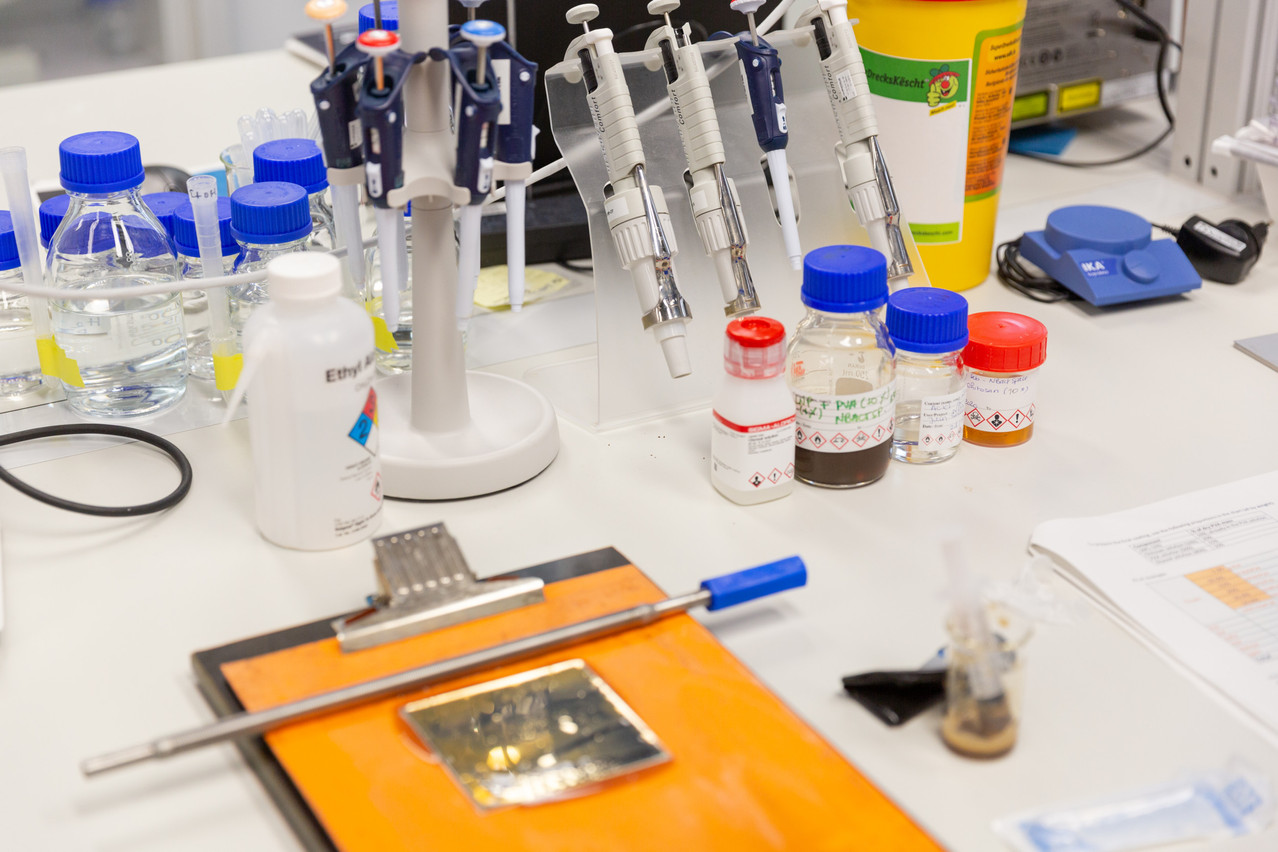Swiss evaluation company Interface conducted a second evaluation of the Luxembourg Institute of Science and Technology (List), the Luxembourg Institute of Socio-Economic Research (Liser) and the Luxembourg Institute of Health (LIH) between 2022 and 2023, following a previous survey in 2018.
“The development is very positive,” said Stefan Rieder, Interface founder and project manager, during a press conference on Monday.
The institutes combined published 2,819 research papers between 2018 and 2021, with more than 40% released in the top 10% of journals in their field. In addition, the papers were frequently cited, above the average for institutes in Europe active in similar research areas.
“They are recognised in the scene and the publications are cited above average often,” he said.
Among the three institutes’ strength is their position at the intersection between foundational and applied research, Rieder said. “There is a very good research team,” he said, with highly motivated and qualified staff found at the three institutes.
Rolling in cash
However, it wasn’t all praise, as Interface said third-party funding goals to receive 40% of income from non-governmental sources had failed. With this high reliance on government subsidies, Rieder warned that there is a lack of incentive to innovate and “break new ground.”
Under , List is due to receive €219m until 2025, followed by the LIH (€182.54m) and Liser (€62.08m).
The government had introduced a bonus system whereby projects qualified for additional state funding once it had secured third-party money. Research and higher education minister (DP) on Monday said this €35m instrument should be evaluated. Facing competition for outside funding, he said, would “guarantee excellence.”
The University of Luxembourg with €908m for 2022 to 2025 receives the bulk of public research funding but is evaluated separately as a higher education institution.
The results of the research centre assessment, Meisch said, would help point the way for the future development of the institutes. “We benefit from having this external point of view,” he said.
The question of funding already in 2018 was a sticking point for evaluators, Rieder said, as well as a proposal to create scientific advisory boards with external members, which have been under development but yet to be fully implemented.
Career development
Also already a problem back in 2018 was the development of scientific careers in Luxembourg. Because of labour laws, many doctoral candidates cannot carry out post-doctoral research, as they exceed a five-year period they can be under temporary contracts. The research community over the years has criticised the system, saying it risks losing talented people.
“We must find the right balance,” Meisch said. The question of temporary contracts should be revisited, he said, but warned that this cannot lead to young researchers becoming stuck in one place, blocking posts for incoming employees in a sector that is marked by high staff mobility.
Luxembourg must remain attractive, he said, and be in-line with international standards.
But not just in academia are better opportunities needed, Rieder said, adding there should be more support for researchers transitioning into the private sector.
List employs 632 full-time equivalent staff, the LIH has 400 employees and Liser 167. Their funding has grown 26% since the last evaluation in 2018, Rieder said, warning that this also results in infrastructure issues and the need for more space.
Plans are underway in Belval, Meisch said, to accommodate Luxembourg’s growing research scene.
Be more ambitious
List, Liser and the LIH would benefit from simpler organisational structures and more visibility in Luxembourg, Rieder said, and despite overall good marks for their performance, cooperation with the private sector and services delivered for the public good--for example during the covid-19 pandemic, the institutes would benefit from more ambitious goal setting.
“I am thoroughly satisfied with the result,” said Meisch.
The minister and the Interface project manager were due in parliament later on Monday afternoon to present the results of the study to lawmakers.
